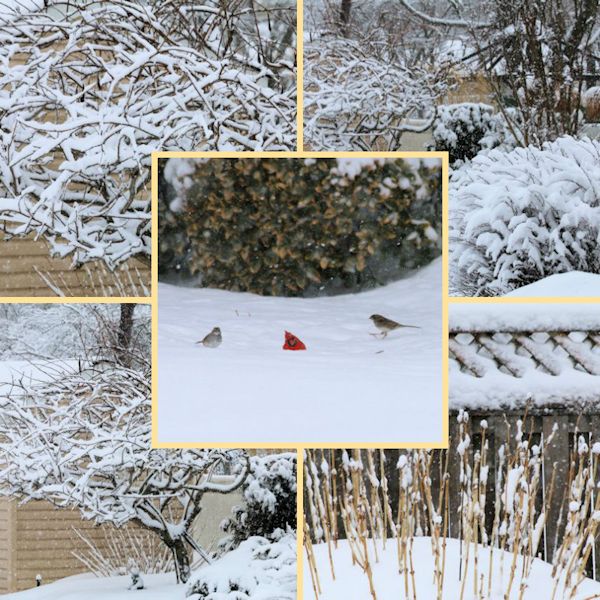After two years of working on my book I am excited to announce that it is finally published! A Guide to Northeastern Gardening: Journeys of a Garden Designer is a comprehensive guide to gardening in plant hardiness zones 3-9. My goal for the book is to share information on a number of gardening topics based on my experiences as a landscape designer over the years.
A Little Bit About the Book:
A Guide to Northeastern Gardening is a comprehensive guide of valuable information on plants hardy in a range of zones from 3-9, and gardening techniques backed up by my own personal experiences as a professional landscape designer, along with answers to frequently asked questions. Learn about landscape design principles, butterfly gardening, deer resistant plants, long blooming perennials, globe and weeping evergreens, flowering trees and shrubs, native plantings, shade gardening and more. Whether you are a novice or experienced gardener, A Guide to Northeastern Gardening will help you to create your own dream garden. Come along on my journey into the world of gardening!
A Little Bit About the Author:
Lee Miller is a professional landscape/garden designer involved in the horticultural industry since 1996. Having started a gardening blog in 2010, she is the author of over 150 articles on general gardening, landscape design principles, gardening tips, planting, pruning, garden maintenance, feature plants and more. Her published book, “A Guide to Northeastern Gardening”, is an accumulation of information touching on a wide variety of gardening topics, all backed up by her own personal experiences.
Previews and further information are available on the following links:
Updated for 2016: Now in Amazon Softcover!
Also here is a link to the full story behind the author and the book. I hope to share my gardening experiences with you!
As Always…Happy Gardening!
2015 Lee@ A Guide to Landscape Design & Maintenance.







You must be logged in to post a comment.